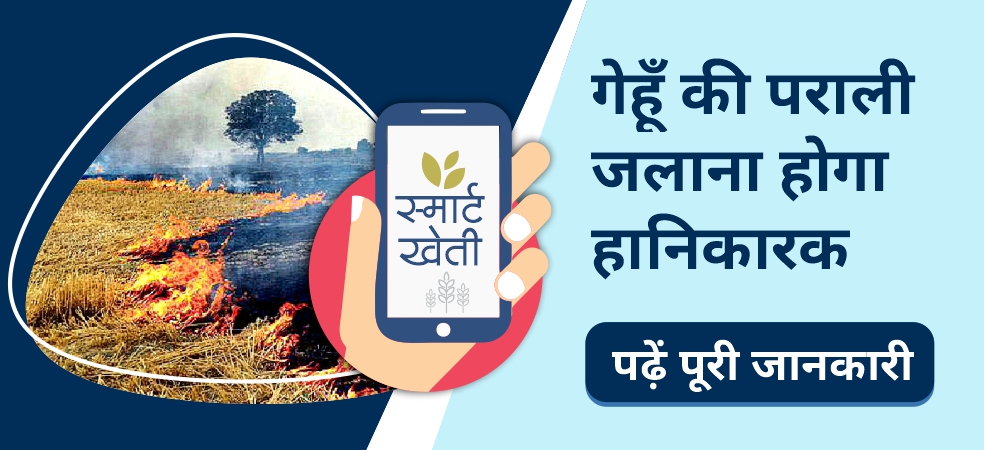-
After harvesting the wheat crop, the stems and stalks are destroyed by fire. Nearly 0.5% nitrogen, phosphorus 0.6% and potash 0.8% are found in stems and stalks, which is destroyed by burning.
-
Wheat produces one and a half times the grain of the crop, if 40 quintals of wheat are produced in 1 hectare, then the quantity of straw will be 60 quintals and the straw will have 30 kg nitrogen, 36 kg phosphorus and 90 kg potash per hectare, Which will be about 3,000 rupees on the basis of the current price, which is destroyed by burning.
-
By burning crop residues, microorganisms and earthworms present in the soil are destroyed, which adversely affects the fertility and physical condition of the land.
-
The ground becomes hard, due to which the water holding capacity of the land decreases, so the crops dry quickly.
-
Chemical reactions in the soil are also affected, such as the ratio of carbon-nitrogen and carbon-phosphorus is deteriorated, due to which the plants are not able to get the nutrients available.
ShareKeep reading Gramophone’s articles for similar important information related to agriculture. Share this article with your friends with the share button below.

